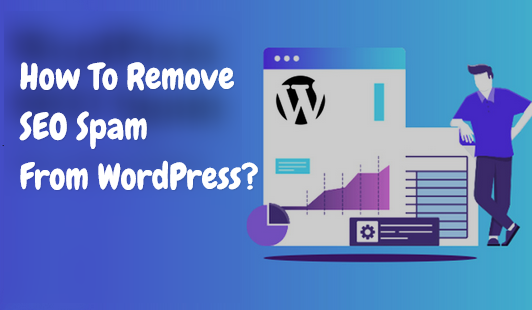SEO spam, also known as search engine spam, is a malicious practice where hackers inject unwanted content into your WordPress site to manipulate search engine rankings. This can lead to a negative impact on your website’s reputation, search visibility, and user experience. If you’ve discovered SEO spam on your WordPress site, it’s crucial to take immediate action to remove it and prevent further damage. In this guide, we’ll walk you through the steps to effectively remove SEO spam from WordPress website.
Contents
Detecting SEO Spam
Before you can remove SEO spam, you need to identify its presence on your WordPress site. Here are some common signs to look out for:
- Check your website’s content for unusual keywords and links that are unrelated to your site’s topic. These spammy elements are often inserted discreetly to manipulate search engines.
- Review your site’s pages and posts for any unfamiliar content that you didn’t create. Hackers may add new pages or posts to host their spam.
- If you notice sudden and unexplained changes in your website’s traffic or search rankings, it could be a result of SEO spam affecting your site.
Steps to Remove SEO Spam
Once you’ve confirmed the presence of SEO spam on your WordPress site, follow these steps to remove it effectively:
Back Up Your Website and Update WordPress
Before making any changes, create a complete backup of your website. This ensures that you have a copy to restore in case something goes wrong during the removal process. Also, ensure your WordPress core, themes, and plugins are up to date. Outdated software can be vulnerable to attacks, and updating helps close potential security holes.
Scan for Malware and Delete Spammy Content
Use a reputable security plugin to scan your website for malware and suspicious files. These tools can help you identify and remove malicious code injected by hackers. Further, review your website’s pages and posts for spammy content. Delete any content that contains irrelevant keywords, links, or any suspicious elements.
Remove Unfamiliar Users and Change Passwords
Check your WordPress user accounts for any unfamiliar or unauthorized users. Delete these accounts to prevent future unauthorized access. Also, change all passwords associated with your WordPress site, including admin, FTP, and database passwords. Use strong, unique passwords to enhance security.
Install a Security Plugin and Regular Monitoring
Install a reputable security plugin that offers features like firewall protection, malware scanning, and intrusion detection. These plugins can help prevent future spam attacks. In Addition, after cleaning your site, continue to monitor it regularly for any signs of recurring spam or unauthorized activities. Quick detection is key to preventing further issues.
Read: Different Types Of Website Hacks And Their Remedies
Conclusion
SEO spam can have serious implications for your WordPress site’s reputation and search visibility. By promptly removing the spam and taking preventive measures, you can safeguard your website from future attacks. Remember that maintaining strong security practices, staying updated, and performing regular security checks are essential to maintaining a secure and spam-free WordPress site.




